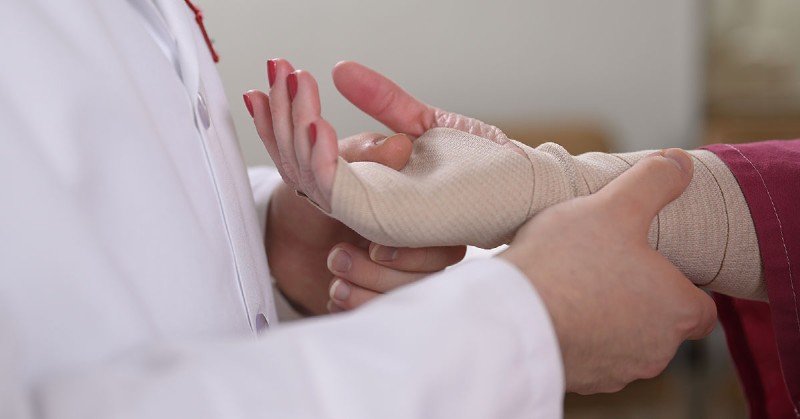The lymph edema occurs when the lymphatic system is not capable of draining lymph and causes a swelling fluid in the soft tissues of the body. Lymph edema can be very annoying for those who suffer from it, but with the right treatments, 95% of patients show improvement. Patients can undergo surgical procedure. However, wearing compression garments depending on the grade may help a lot.
There are currently two very different options for treating lymph edema in a surgical way. Lymphatic bypass and liposuction are techniques that are performed when lymph edema is already established. Lymph node transplantation is done before it appears, to prevent its appearance. After surgery or liposuction, patients wear compression garments for lymphedema to control the rebuilding of fluid in a particular area. You can even wear it if you have lymph edema early symptoms. However, you must consult it with your doctor.
Things to consider before buying compression garment
If you are buying a compression sleeve/sock/vest, ask your lymph edema therapist if you should also wear a glove. There is also a concern that wearing just a sleeve could trigger lymph edema in the hand. Sometimes a glove is recommended as a precaution. It is difficult to treat and much more debilitating in terms of functionality, whether you use your hand for writing, playing an instrument or other activities.
Avoid applying moisturizers before putting on your sleeve. Over time, the ingredients can degrade the elastic fibers in the sleeve. Keep in mind that insurance plans do not always cover the cost of sleeves and other compression garments. If you are still in doubts, you may ask the doctor or the garment-fitting professional to share with you the experiences of other patients. However, you may have to pay out of pocket.
What are the causes of lymph edema?
The lymph edema may occur if the lymph flow in the nodes is disturbed by a tumor or after a treatment. Risk factors are –
- If lymph nodes removal occurs in the groin, armpit, neck or pelvis
- After or during the radiation therapy near the lymph nodes
- Due to any medical treatment related to hormonal imbalances
- Post operative situation after lymph nodes removal
- Higher level of bad cholesterol and obesity
- Skin healing process is slower
Types of lymph edema
We can classify lymph edema into two types –
Primary lymph edema has no certain cause. It may appear in adolescence or later, and could be congenital. The lymphatic pathways may stop functioning due to any medical or physical condition, or you have fewer nodes for lymphatic system to be competent.
Secondary lymph edemas occur if the system is normal yet has been altered by trauma, surgical operations, radiation or infections.
How is lymph edema diagnosed?
As soon as the lymph size is viewable through naked eyes, an early clinical diagnosis is made. Doctors first measure the swollen arm or leg and compare to the other limb.
Stage I
- You feel heaviness due to the swollen limb
- There is a pinch mark each time you put pressure on the skin
- Using only compression garment is recommended
Stage II
- Greater swelling area, and feel pain
- You may develop fibrosis (hard and swollen limb)
- The skin becomes tight, so no pinch marks on the skin
Stage III
- Most advanced stage
How is lymph edema treated?
Lymphatic-bypass for the treatment of lymph edema consists of redirecting the circulation of the lymphatic fluid, getting it to drain into veins of the circulatory system that are not obstructed. A cyanine dye is injected and an infrared camera detects where the lymphatic flow circulates. It is an outpatient operation and under local anesthesia. Patients must wear compression garments for lymph edema.

